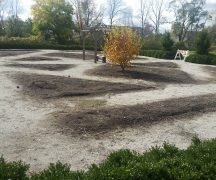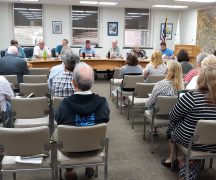By JAN LARSON McLAUGHLIN
BG Independent News
The long rambling history of Simpson Garden Park is well documented. But its future is much less certain.
A century ago, the land on the west side of Bowling Green held at least five oil wells. Once those wells were exhausted and plugged, the city used the site as a water well field, then later as a dump for city construction debris.
Now, after 17 years of planning, raising money, planting flowers, pulling weeds and pruning trees, Simpson Garden Park is an award winning park – recognized nationally for its gardens and wide varieties of plants.
But after years of success, the park officials are facing at least two prickly problems. First, how does the park and recreation department keep up with the expensive maintenance for the gardens? And second, how can the park evolve without angering some residents who prefer the former, more manicured look?
“As we start looking to the future, we think it’s very important to look at the past,” Kristin Otley, parks and recreation director, said to a joint meeting of the park board and park foundation board Tuesday evening.
The audience was full at the meeting, but no public comment was permitted at the joint work session. Public input will be welcomed on Oct. 1, during a focus group meeting on Simpson Garden Park, at 7 p.m., in the Community Center.
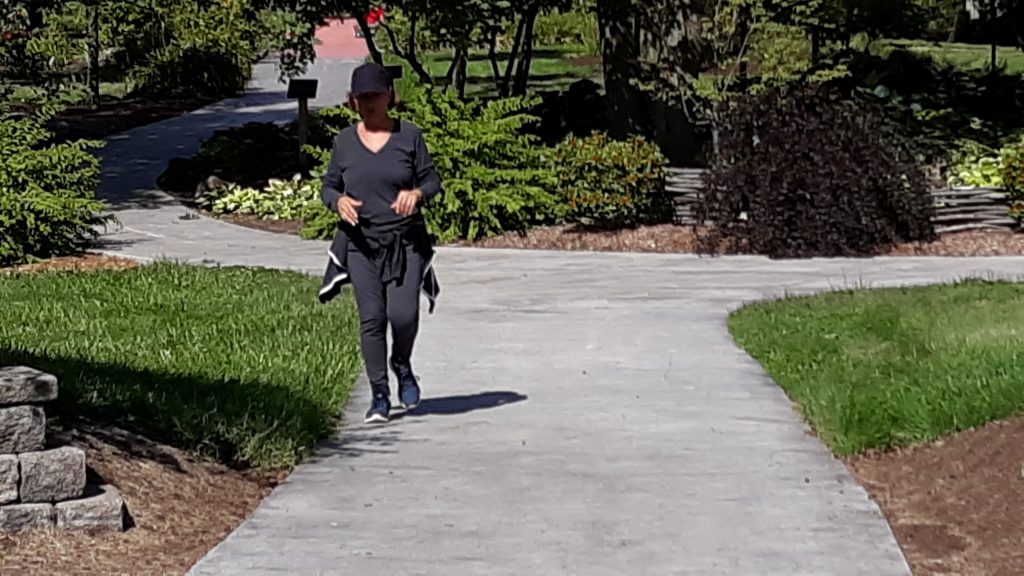
The city’s natural resources coordinator, Chris Gajewicz started the meeting by reviewing the lengthy history of the park site at the southeast corner of Wintergarden and Conneaut streets.
The name of the park came about in a roundabout fashion. A large donation came to the city park department as a surprise in the 1995 bequest of longtime Bowling Green resident, Violet Simpson, who had no children and loved the parks.
“Nobody had any idea this was coming,” Gajewicz said. Eventually, the park department received nearly $400,000 from the Simpson estate.
The bulk of the bequest was used to build the in-line skating rink and new restroom at City Park while a lesser portion was used to help renovate the former Church of the Nazarene into the Simpson Building in lieu of using it to build a picnic shelter in the Simpson’s name at City Park. It was deemed by park leadership at the time that City Park could not sustain a sixth shelter.
No doubt, Vi Simpson would be thrilled to see the garden park dedicated with her name, Gajewicz said.
Years later, in 2002, as planning began for the eight-acre park land and neighboring three-acre Nazarene Church property, it was discussed that “low mow” grasses be used in the park. The park director in 2006 spoke of the park as “beautiful, functional and low maintenance.”
The community raised $700,000 for the park and construction began in 2007.
“Everybody was involved to get this off the ground,” Gajewicz said. The city buried power lines, volunteers pitched in to plant, while citizens and businesses donated dollars.
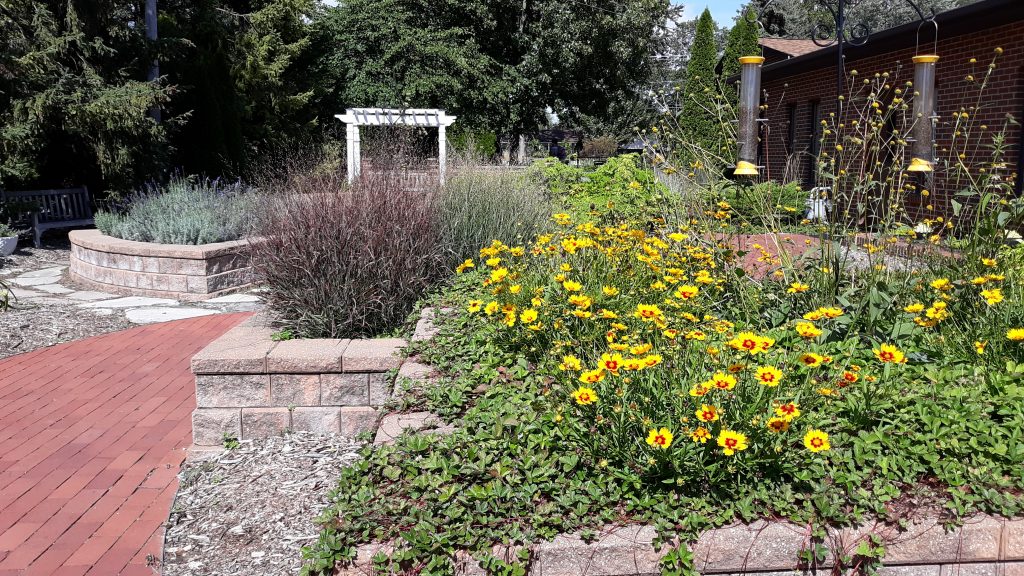
The garden park proved to be beautiful – but far from low maintenance.
Gajewicz showed photos Tuesday evening of how the gardens have evolved.
“Every year gardens change,” he said.
Over time, efforts have shifted to greater soil management, and to fewer annuals and more perennials.
“Your gardens don’t look the same as they did years ago – neither do your kids,” he said.
The photographs showed the changes over the life of the garden park, with differences in the amphitheater, Children’s Garden, Willow Walk, Daylily Walk, Sensory Garden, Japanese Peace Garden, Upland Garden, and the Medieval Medicinal Plant Healing Garden which has been transformed into a Holistic Healing Garden for mind, body and soul.
The Native Plant Corridor acts as a seed repository for other parks, the Hosta Glen has 1,277 varieties – the most of any hosta garden in the U.S. And Adirondack chairs have been added to encourage people to sit and observe nature.

“We are seeing people staying in the park,” rather than just walking through, Gajewicz said. “They sit and put their feet up.”
The goal, he said, is to keep the park a beautiful place where the public finds happiness.
“I see people here all the time and they are smiling, and I think that’s a good thing,” Gajewicz said. “I think we are meeting our mission. I think we are doing the right things.”
But not everyone appreciates some of the changes in Simpson Garden Park.
This past summer, the park department stopped mowing some of the tall grasses in the park – in an effort to save money and be more environmentally friendly.
That change was met with complaints from some neighbors of the park.
But with an annual budget of $200,000 for the garden park, city officials are looking for ways to cut costs and leave a smaller carbon footprint.
“It takes a lot of work and it takes a lot of money,” to maintain a garden park, Otley said. “It’s a beautiful, beautiful, beautiful money eater.”
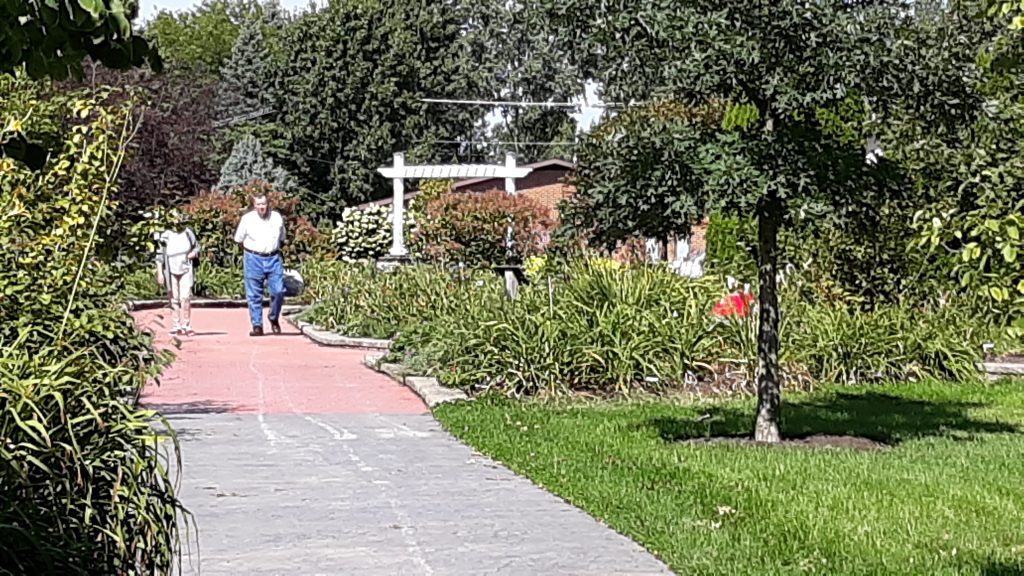
Otley thanked the park foundation members for helping to supplement the garden park’s budget.
“We would not be able to do anything we do without the foundation,” she said.
Simpson Garden Park has an endowment of $462,629, but that could be wiped out with two years of maintenance.
“These are the things we grapple with,” Otley said. “How are we going to sustain this?”


